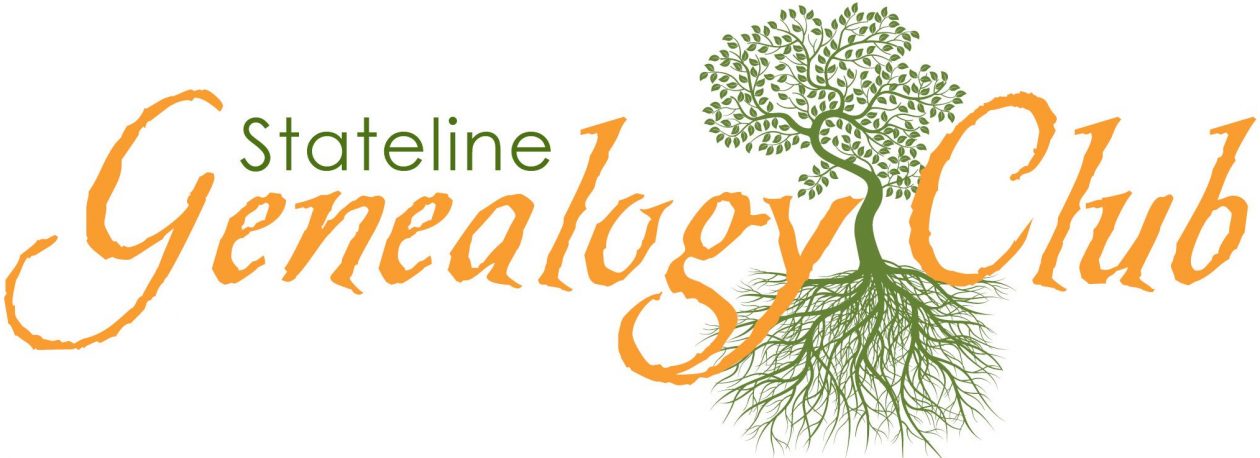Vicki’s note – article from Family Tree Magazine. Such a unique fun eagle map! This shows what the stateline Wisconsin Illinois area looked like just before 1835 for our earliest settlers in Beloit Wisconsin, Rockton Illinois, Troy Wisconsin, Freeport Illinois,etc. The stateline Wisconsin Illinois areas were surveyed by the U.S. federal government, and settled by the first white people, just after the Black Hawk War in 1832. (Abraham Lincoln served in the army then, marching through the area in pursuit of Chief Black Hawk and his tribe.)
I am working on a 2017 program for the Stateline Genealogy Club @ Beloit Public Library on this time period, and how these early white settlers knew each other. I am discovering some fascinating connections.
I have purchased several new historic maps of the area that are being processed to be added to the Genealogy/Local History collection at the Beloit Public Library in January 2017. The maps are big enough that I had to find special plastic holders so that they can be stored on top of our Genealogy/Local History (low) bookcases.
And I was allowed to expand (double) the bookcase area by one double-sided range so that I could move several useful books from Reference to our Genealogy/Local History Collection so they will be all in one place for our use: costume history, world cultural history, daily lives by year, military books, etc.
∞
Historical Research Maps:
A Birdseye View of 1830s America

While browsing historical maps on David Rumsey’s Map Collection today, I stumbled upon this historical oddity: a hand-drawn outline of a bald eagle, superimposed over a map of America in 1833. While it won’t win any awards for its detail or zoological accuracy (its head looks more like a dove’s than it does an eagle’s), the map still provides a snapshot of the country in the early 1830s.
The country, which at the time was intrigued by the scandalous Petticoat Affair and reeling from the Black Hawk War, looks significantly different than it does today. Some of those differences might affect your research:
- Virginia and what is now West Virginia are still one state. The two would separate shortly before the Civil War after some western counties protested Virginia’s succession from the Union.
- Wisconsin, Minnesota and upper Michigan are listed as part of the “North West Territory.” In reality, these were part of the Michigan Territory until 1833, when the US government created the Wisconsin and Michigan Territories. Michigan became a state in 1837, and Wisconsin became a state in 1848. (Minnesota wouldn’t become a state until later, in 1858.)
- Arkansas is still a territory. The region became a state (with its current boundaries) in 1836.
- Texas remains part of Mexico. Mexico secured its independence from Spain just a few years later in 1836, and the self-governing Republic of Texas declared its own independence later that year before being annexed to the United States in 1845.
- The Great Plains and the Upper Midwest are all combined in the “Missouri Territory,” the unorganized land acquired in the Louisiana Purchase. Iowa, admitted to the Union in 1846, was the first state to be carved out of this land. The rest wouldn’t be organized until 1854, with the creation of the Kansas, Nebraska and Indian Territories.
At the time this map was created, the United States also owned land that would later become Washington and Oregon, though these territories aren’t shown on this map.
See more insightful maps of the United States by checking out The Family Tree Historical Maps Book.
